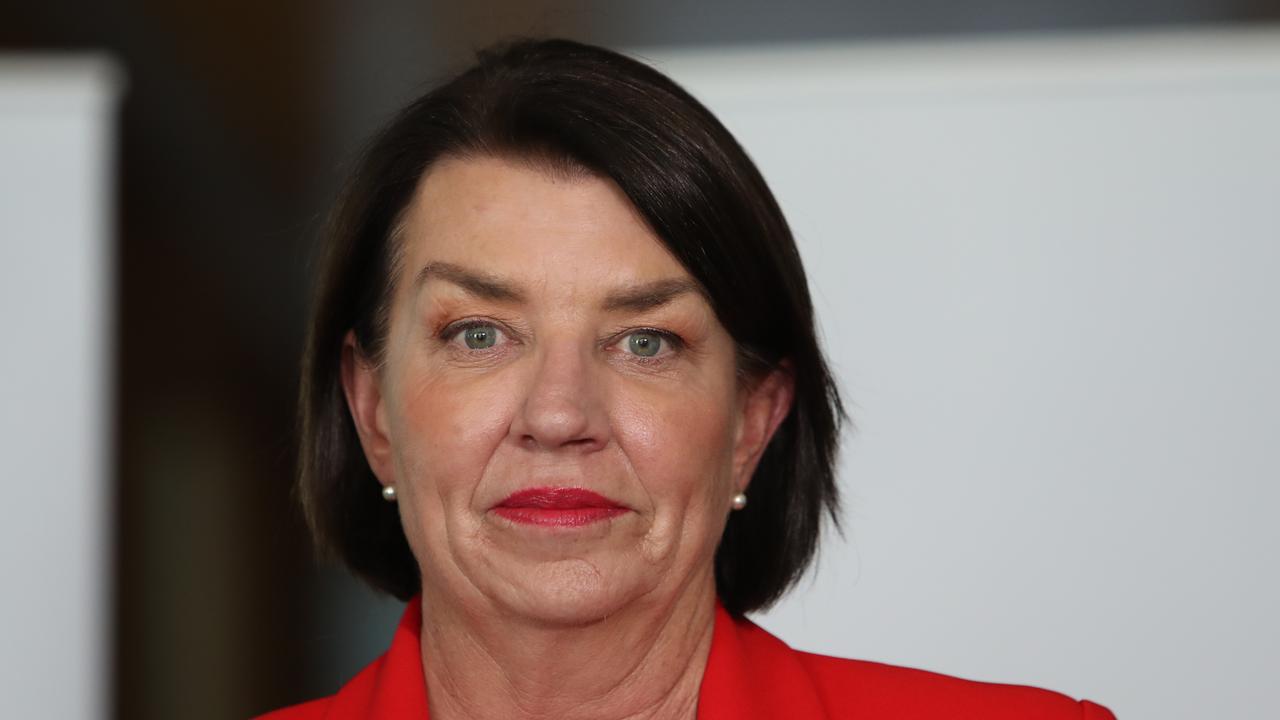Banking royal commission: Suncorp pushed ahead with misleading AAMI ads despite ASIC concerns
Suncorp fined just $43,800 after going ahead with misleading insurance ads in wake of Wye River fire despite ASIC probe.
Suncorp’s insurance business, AAMI, continued to mislead consumers by telling them its home insurance meant they would be completely covered, despite the fact the corporate regulator had been investigating the company’s dodgy claims for a year, the financial services royal commission has heard.
Its misleading ads earned Suncorp a slap on the wrist from the Australian Securities and Investments Commission — a fine of just $43,800, or 0.01 per cent of the $426m in premiums the company reaped by selling the “complete replacement cover” product that year, rather than the maximum penalty of more than $7 million.
The commission heard AAMI began a new radio advertising campaign promising it would completely replace destroyed homes, no matter the cost, on November 7 last year — the day after it received four infringement notices from the Australian Securities and Investments Commission telling it exactly the same claim on its website was misleading and deceptive — a potentially criminal breach of the law.
Get fresh updates on the ongoing royal commission hearings via our live blog
ASIC began investigating AAMI’s advertising a year earlier, using its powers to demand documents relating to the issue in a notice sent to the company on November 22, 2016.
Suncorp’s chief executive of insurance, Gary Dransfield, admitted that promises that AAMI would completely rebuild destroyed homes, no matter the cost, were misleading because in fact there was a cost limit “in terms of the costs that AAI felt was fair and reasonable in regards to the scope of work”.

However, Mr Dransfield said it remained the company’s official position that its advertisements were not misleading, and ASIC allowed Suncorp to maintain its denial that it had done anything wrong.
Counsel assisting the commission, Rowena Orr, QC, put it to Mr Dransfield that Suncorp decided to profit before the risk of misleading customers by going ahead with the new campaign.
“I think the business imperative, certainly was the driver,” Mr Dransfield said.
“At this point I think there was a strong belief that the material was appropriate … but I accept your characterisation.”
In its infringement notices, ASIC said Suncorp broke section 12D of the ASIC Act, which can be a crime attracting a fine of up to $1.8m at the time, potentially putting the company on the hook for $7.2m.
It can also attract a civil penalty of the same amount.
However, ASIC chose to levy penalties of a paltry $10,800 per infringement — a sum Suncorp paid 10 days after receiving the notices.
Mr Dransfield said Suncorp paid the money despite still maintaining to this day that the ads and website marketing material were not misleading or deceptive.
He denied the company was happy with the result.
“No, not in the sense that irrespective of the size of financial penalty in regards to the infringement notice, that the reputational impact is significant of having a finding, irrespective of the fine.”
He disagreed with commissioner Kenneth Hayne that this meant the company should fight the infringement notice and that one per cent of the available penalty was “a very low cost of doing business”
“I accept what you say but the reputational impact is taken seriously by businesses like ours,” Mr Dransfield said.
Ms Orr put it to him that “the balancing of the commercial risks and rewards in this situation … paid off for AAI”.
Mr Dransfield responded: “It’s certainly a normal balance of risks yes.”
Mr Dransfield was also forced to amend his witness statement provided to the commission, after he wrongly said Suncorp received no response from ASIC when it asked for advice as to whether the company should run its advertisements during the Australian Open.
Rather, ASIC had said it recommended looking at the best practice guidelines and seek legal advice.
“That was incorrect? You agree?” Ms Orr asked. “Yes,” Mr Dransfield said.
Suncorp’s luck blew up after the 2016 Wye River bushfires destroyed more than 100 homes, many of which were insured under AAMI policies.
After customers began complaining of lengthy claims processes and Suncorp attempting to offer them insufficient cash settlements, Liberal MP Sarah Henderson took up the issue in parliament.

Her intervention caused panic inside Suncorp, which even drafted a letter from chief executive Michael Cameron to then prime minister Malcolm Turnbull promising to immediately refund premiums it charged to customers whose homes had been incinerated in the blaze.
“I would like to assure you that I am personally overseeing this issue and will keep your office updated as to our progress,” Mr Cameron was to say in the letter, dated November 17, 2016 but never sent.
But by January the following year the company was nonetheless ready to push out a new series of ads making the same claim, to coincide with the finals of the Australian Open.
The company’s executive general manager of corporate affairs, Mary Jane Bellotti, flagged concerns with the campaign.
“I think pushing CRC at a time when we haven’t quite resolved matters at Wye River could be putting a red flag to a bull with Sarah Henderson,” Ms Bellotti wrote in a January 24, 2017, email.
It eventually went ahead with the campaign — a move that resulted in one of the four infringement notices served on it by ASIC.




To join the conversation, please log in. Don't have an account? Register
Join the conversation, you are commenting as Logout